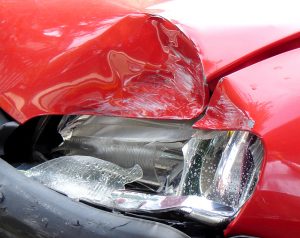- March 19, 2015
- Driving Tips
- Posted by Chad Baus
- Comments Off on 7 Tips to Avoid Pothole Damage
Every year, as temperatures fluctuate between the deep freeze of winter and the thaw of spring in many areas of the country, the roads can quickly become pockmarked with holes (big and small) that can cause great damage to your car and tires. According to CBS News, AAA estimates that consumers typically spend $5 billion a year on repairs stemming from pothole damage. This phenomenon isn’t new, but with this year’s polar vortex, it certainly is starting to feel like we’ve reached a whole new level in this pothole plague.
Hitting a pothole with your car can cause a great deal of damage to your car, particularly to the tires, rims, suspension and chassis. Because of this, it’s imperative that you take the proper precautions to keep your car out of harm’s way. [...]
- March 18, 2015
- Driving Tips
- Posted by Chad Baus
- Comments Off on 75 mph speed limit proposed for Ohio Turnpike, rural highways
Speed limits along the Ohio Turnpike and rural freeways in the state would be raised from 70 miles per hour to 75 mph under changes made Monday to the state’s transportation budget bill.
The proposed 75-mph limit would apply to the same stretches of highway in Ohio that had the speed limit raised two years ago…
…[L]awmakers found that the speed-limit increase to 70 mph along rural highways, passed two years ago, “has not caused any problems at all – actually, accidents have gone down.”
READ MORE…
- March 16, 2015
- Driving Tips
- Posted by Chad Baus
- Comments Off on The five big steps you should take after a car accident
 You already know about contacting the police, filing an accident report, and notifying your insurance company. But here are five steps that can literally save your financial hide should you be involved in an accident that results in a dispute, perhaps even landing you in a courtroom. READ MORE…
You already know about contacting the police, filing an accident report, and notifying your insurance company. But here are five steps that can literally save your financial hide should you be involved in an accident that results in a dispute, perhaps even landing you in a courtroom. READ MORE…
- January 20, 2015
- Driving Tips
- Posted by admin
- Comments Off on Own the Night
Plenty of us hate night driving—there’s no feeling quite like getting someone else’s high beams shined in your eyes. But beyond the pure annoyance, few of us realize how dangerous it can be. Fatalities on the road occur at a rate three times greater at night than during the day, according to the National Highway Traffic Safety Administration. While only a quarter of all driving is done at night, more than half of all driving deaths occur then.
Your depth perception, ability to distinguish color, and peripheral vision are all worse in low-light conditions. You tend to be more tired at night. And consider a basic fact: Typical low beams illuminate the road from 160 to 250 feet in front of your car, and normal high beams shine from about 350 to 500 feet. [...]


